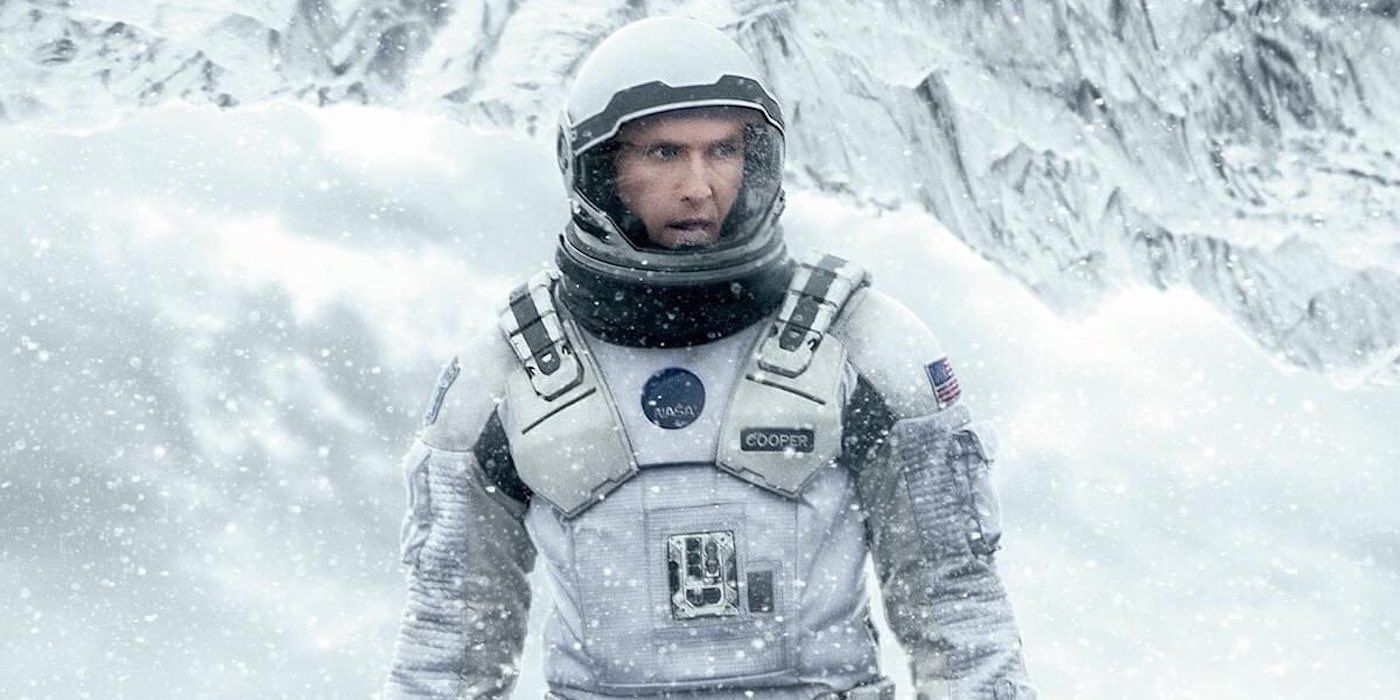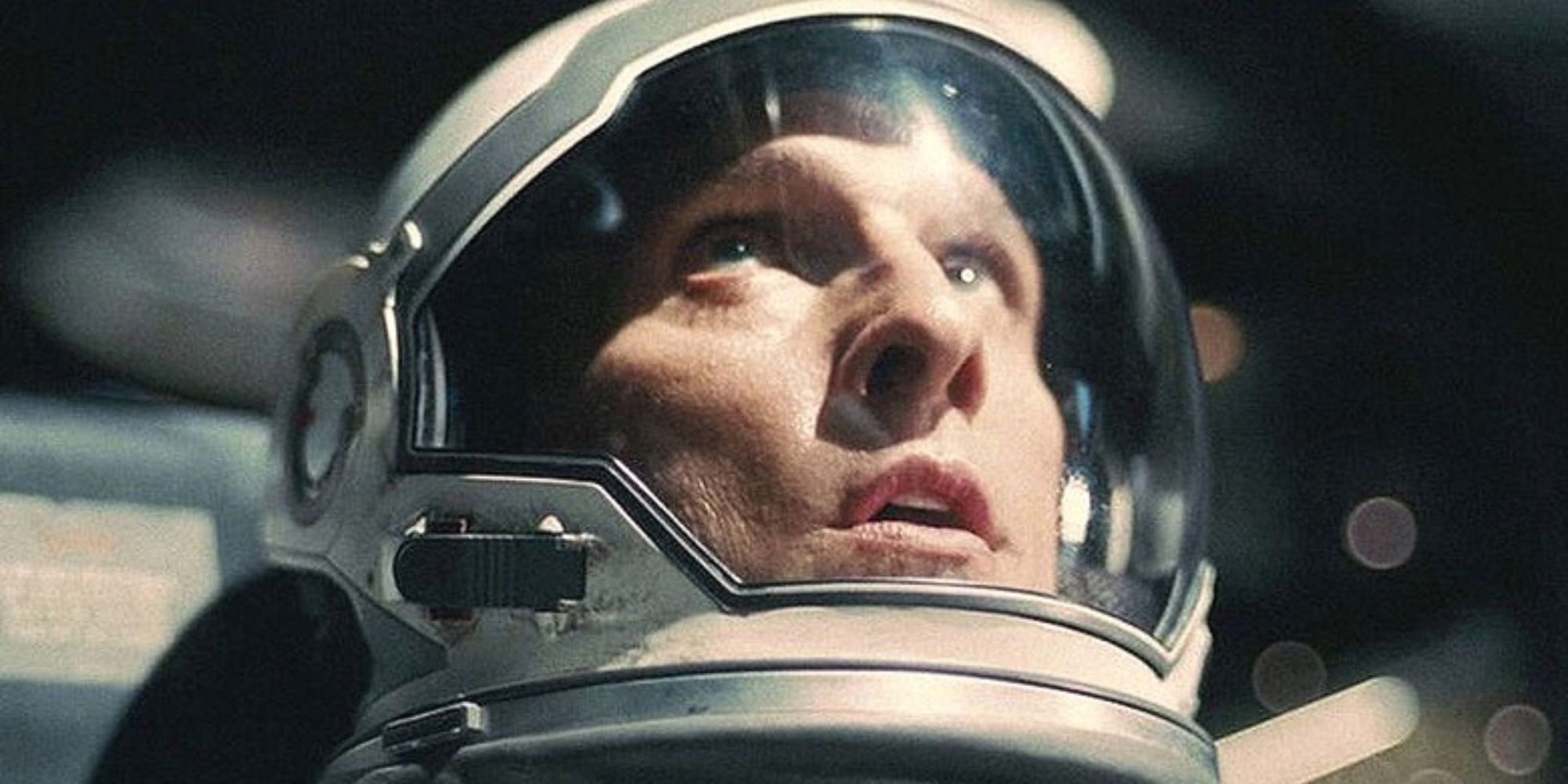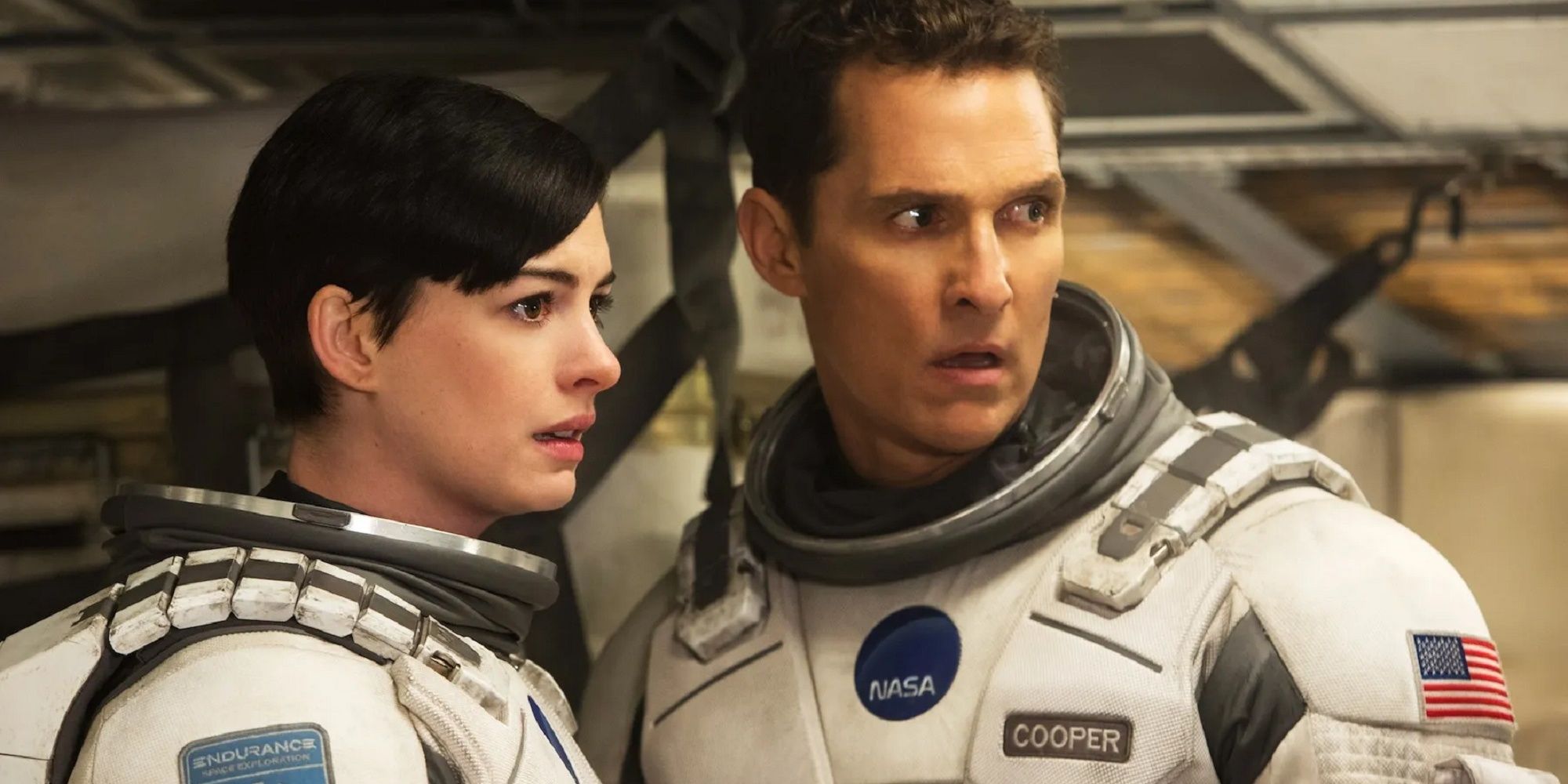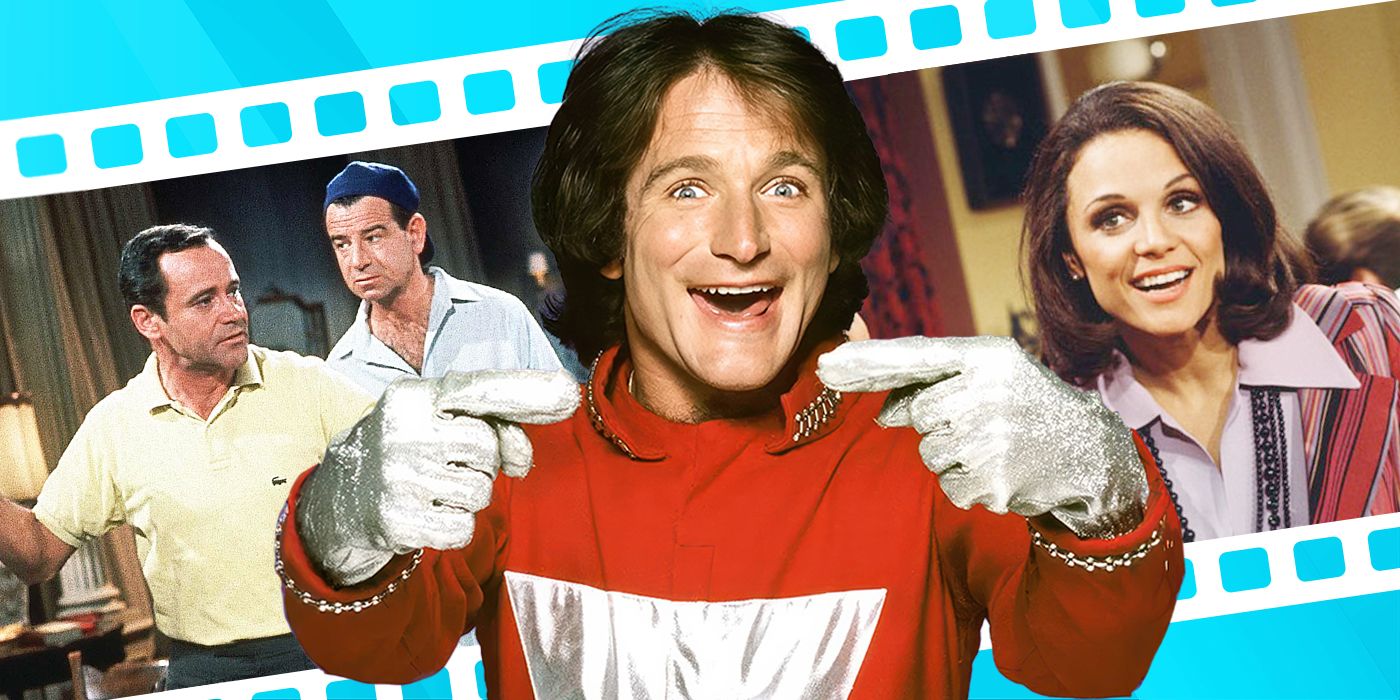The Big Picture
- Interstellar made genuine scientific advancements and discoveries specifically for the film, including the possibility of planets surviving extreme gravitational forces around a black hole.
- Christopher Nolan and Dr. Kip Thorne had disagreements during the making of Interstellar, particularly regarding faster-than-light travel, resulting in the inclusion of a wormhole in the script.
- While the entry into a black hole depicted in the movie may not be accurate, there is a slim possibility that in a big enough black hole, a traveler could potentially send a message, according to some scientists.
When beloved filmmaker Christopher Nolan announced that he was working on Interstellar alongside his brother Jonathan Nolan, one of the greatest initial marketing hooks was the fact that Nobel prize-winning astrophysicist Doctor Kip Thorne would be in charge of spearheading the scientific, albeit wildly theoretical, accuracy, but for all of his accolades and awards, even he couldn’t stop the film from getting certain things, such as Matthew McConaughey’s surefire spaghettification in the last act, wrong. Now, to label the mistake as ‘wrong’ is also somewhat inaccurate, as we’re dealing with theoretical physics here, for which every hypothetical scenario such as “What would happen if you entered a black hole?” or “Is it possible for a spaceship to travel faster-than-light” comes with its own Schrödinger’s cat spectrum of possibilities, none of which can be quantumly ascertained no matter how much pure theory is thrown their way.
However, in the business of science fiction, so long as the answer amounts to a ‘maybe,’ with plenty of ‘ifs,’ ‘ands,’ and ‘buts,’ thrown in between, that is more than enough for writers to do what they must and tell an engagingly coherent story. Taking strong inspiration from the likes of Andrei Tarkovsky’s Solaris and Stanley Kubrick’s 2001: A Space Odyssey, Interstellar marked a return to the philosophical sci-fi that thrived in the ’60s and ’70s, itself spurred on by nuclear war, the moon landing, and the forever unmatched existential dread of realizing humanity’s place in a universe that constantly expands at superluminal speeds. The fact that Nolan was able to dilute the theories of Thorne and ensure they were digestible for a mass audience deserves special praise unto itself, but for now, let’s take a look at the accuracy behind the physics of Interstellar, something that most of us are about seven PhDs away from being qualified to appropriately explain.
New Scientific Discoveries Were Made Specifically for ‘Interstellar’
Right off the bat, it’s essential to note that Interstellar gets A LOT of things right, but that’s not necessarily because the brothers Nolan did their homework before writing the film. While an enormous amount of research was necessary in order to simply stand in the same room as Dr. Kip Thorne and his posse, the science squad behind Interstellar had to make genuine scientific advancements and leaps in theory in order to service the story. One of those includes a dilemma Thorne faced in regard to the planets orbiting the supermassive black hole Gargantua.
Dr. Kip Thorne assumed that no planet could realistically endure the extreme gravitational forces that would come as a result of orbiting a black hole and also justified the amount of time dilation that would make an hour on the ocean world the equivalent of seven years on Earth (a natural assumption that I’m sure any one of us could have made ourselves). It was only after several hours of calculations that Thorne discovered that, should the black hole be spinning incredibly fast, it is in fact possible for the planets within its orbit to not crumble under the weight of their own curious existence. Thorne went on to write a book called The Science of Interstellar which introduced these brand-new discoveries to the world and states in the interview above that his only regret was that he couldn’t get the book to people sooner in order to sway the nay-sayers.
Christopher Nolan and Dr. Kip Thorne Butted Heads on One Point in Particular
When asked, the Nolan-Thorne duo appear to hold tremendous respect for one another’s craft, but that doesn’t mean that they didn’t argue over a thing or two during the making of the film. One of the most consistently mentioned gripes that Thorne had with Nolan had to do with Nolan’s insistence on faster-than-light travel, something that’s even theoretically impossible. While the uncertainty behind the concept of theory itself can allow writers to go a long way, Thorne was dead set against not violating the known laws of physics. Traveling faster-than-light within the film was initially a “non-negotiable” aspect for Nolan, but Thorne’s persistence led to the birth of the wormhole within the script. It might be difficult to stomach but even Christopher Nolan loses certain battles when it comes to filmmaking. Such is the artistic process.
Here’s What ‘Interstellar’ Got the Closest to Straight Wrong
This is a bit of a two-part answer, as there is a thinly plausible side to one of these events actually happening as depicted. In the myth-busting (or myth-affirming, depending on how you look at it) interview with TIME linked above, the writer states that the only thing about Interstellar that’s directly false would be the actual entry into the black hole. While scientists are still flummoxed when it comes to answering what would happen should someone as crazy as Matthew McConaughey dive through a black hole, the popular theory is not too dissimilar from David’s own journey through the galactic tunnel in 2001 – spaghettification. That is, having one’s human matter stretched out into the cosmic equivalent of fleshy spaghetti strings.
However, the theorizing couldn’t simply stop there! According to Columbia University cosmologist Brian Greene, if the black hole is big enough, there’s the possibility that its traveler wouldn’t get spaghettified straight away, leaving them with the time to potentially send a message from within. It’s as thinly possible as the spaghetti string that one’s flesh would morph into upon entry, but in the world of glorious movie-making, that thin plausibility is enough to move mountains. Kip Thorne, in his interview with Scientific American, has a different gripe when it comes to scientific accuracy, however, and it’s far from the one you think.
After abandoning the ocean world in favor of the ice world (pickings are horrendously slim for habitable planets, as it turns out), Cooper and his space-faring squad look uneasy about their current whereabouts. According to Dr. Kip Thorne, they had good reason to be, as the strength of the ice would never have been supportive enough to uphold the structures seen on top of the surface of the planet’s design. Crucially, Thorne follows this up with another statement: “If the strength of ice is the most egregious error in the film, we’re doing pretty good!” Even Nobel prize-winning scientists need to call it a day sometimes and for Thorne, that appears to have been his limit.
It’s not easy making one of the best sci-fi movies of all time, especially when holding onto as much accuracy as humanly possible but also presenting it in a way that doesn’t detract from the emotion of a story. Thorne completely understands that the emotion is where the artist’s place in the story lies and therefore, encouraged Nolan’s speculative intuition. Their collaboration wasn’t so much “here’s a list of things you can and can’t do” but more “Sure, let’s see if we can make a groundbreaking, potentially world-changing scientific discovery to justify what you want in the movie”. For such a facts-based profession, an open mind is integral to scientific discovery, and therein lies the joy of science fiction. It’s not about information but speculation, testing the limits of what’s possible and letting the imagination run wild over what might be possible in a thousand years.
“What this is really about is inspiring others to learn enough about the laws of nature and about engineering and technology,” Thorne says to Scientific American, “so that they might take advantage of those laws in order to make some real contribution to our society, perhaps ultimately toward interstellar and, for the moment, interplanetary travel.” Well, dear reader, here’s to hoping this article brings you even one step closer to breaking physics and realizing Kip’s dream.






